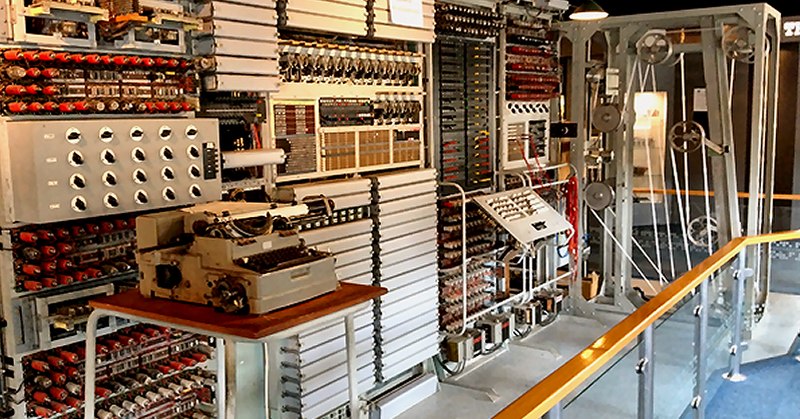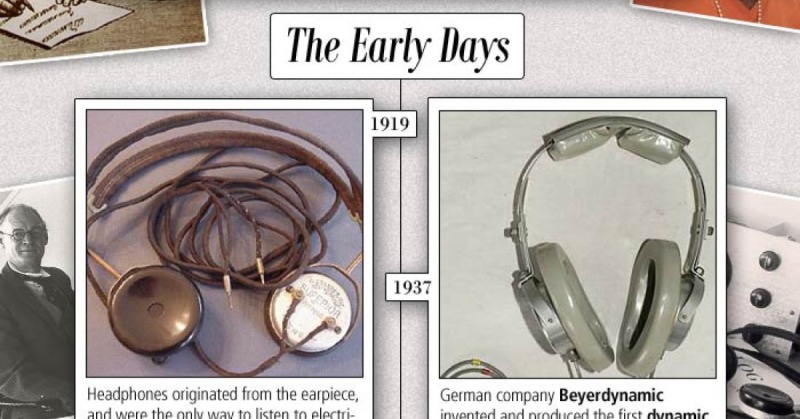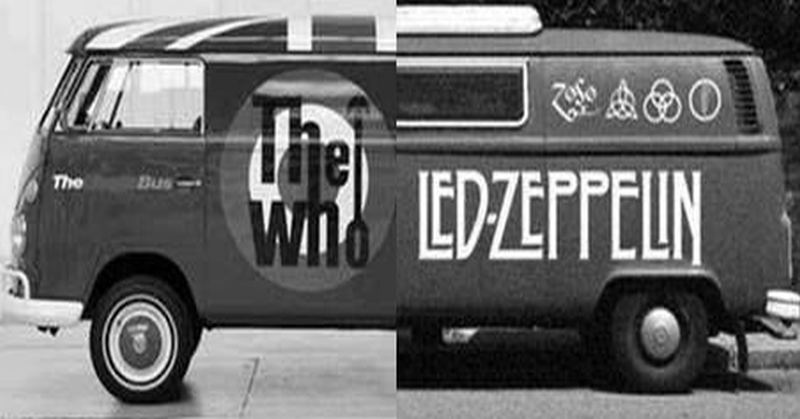Apparently, the Victorians had a meaning for every kind of flower, too. In light of our earlier post on Victorian flirtation language, that’s not surprising at all.


Apparently, the Victorians had a meaning for every kind of flower, too. In light of our earlier post on Victorian flirtation language, that’s not surprising at all.


Yupp, I remember the time when installing a program meant having to keep replacing like 6-7 floppy disks, hoping none of them were faulty.










Please send us more in comments.


Researchers in New Zealand have restored the world’s first recording of computer-generated music, created in 1951 by the computer scientist famous for breaking the Enigma code. Alan Turing recorded the first ever algorithmic composition in Manchester, England, using the gigantic contraption pictured above (for more details, see below). As you will notice, the journey – which paved the way for everything from synthesisers to the modern electronic music scene – started with a rather conservative tune, so to say…
Unfortunately, time took its toll on the original BBC recordings. New Zealand researchers Copeland and Long found that the frequencies didn’t reflect the original audio. Luckily, by adjusting speeds and filtering noise they were able to bring back, to the future, the first songs ever made using a computer.
via Snapmunk, The Guardian


In my youth, emoticons didn’t really exist apart from the original smiley. That said, flirting through body language was mostly confined to smiling, staring at each other, or winking at most – with just any eye. A few generations back, however, people used rather sophisticated sign language, or indeed languages, for such purposes, with just anything they could lay their hands on. Really, anything could come in handy, from the obvious handkerschiefs and gloves, through hats, fans and parasols, to tableware and even postage stamps. Of course, good old eye language was also used, and again, it was much more sophisticated than today. Thus passes the glory of the world.










Just about to mine a bit of ethereum, hope they won’t hijack it. Anyway, here’s an account of what those h(ij)ackers have done.


The Coming of the Earpieces: from scratch to the Bluetooth headset.



Between 1892 and 1954, Ellis Island served as the United States’ largest immigration station, processing up to 12 million people in that period. Serving as Ellis Island’s chief registry clerk sometime between 1906 and 1917, amateur photographer Augustus Sherman photographed a handful of immigrants who passed through the place. According to the New York Public Library, his subjects were most likely asked to wear their best holiday finery or national dress. Originally published in National Geographic in 1907, these stunning portraits are now brought back to life (colorized) by Jordan Lloyd of Dynamichrome.
















via Business Insider h/t My Modern Met


Younger earthlings may be unaware of this: when Nintendo launched its video game console called the Nintendo Entertainment System (NES) in North America in 1985, the video game industry was a mess. Arcades in the US had collapsed, Atari was in trouble, ColecoVision had started to exit the video game industry and Intellivision owned by Mattel was also suffering. Above and below are some of Nintendo’s ad campaigns and the box art that was on the NES box, highlighting how Nintendo marketed their new system when it came out in 1985. They had the trademark black background with orange lettering that you may recognize because they used it in many of their ads. Naturally, it also took the Super Mario Bros. to turn NES into the highest selling console in the history of North America and to revitalize the video game market.





Rescuing ufonauts, I mean astronauts, from your primitive spacecrafts slpashing into the sea is apparently a thing – or at least was a thing – earthlings. But the splashdown is set to make its return, as it is planned for use by the upcoming Orion Multipurpose Crew Vehicle. As the name suggests, during a splashdown the command module of the spacecraft parachutes into an ocean or other large body of water. The properties of water cushion the spacecraft enough that there is no need for a braking rocket to slow the final descent as is the case with Russian and Chinese manned space capsules, which return to Earth over land. The American practice came in part because, as opposed to Russian ones, American launch sites are on the coastline and launch primarily over water. Below is a collection of splashdowns from the history of space travel (by humans).



















Sources: NASA, Wikipedia

VW Transporters and rock bands are just a good fit for each other. Okay, the last one is not really a transporter, but certainly a predecessor.






